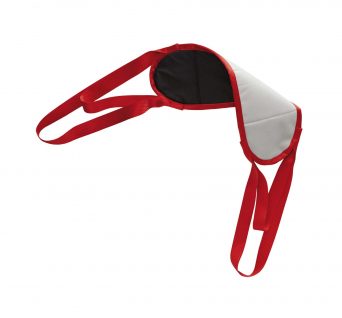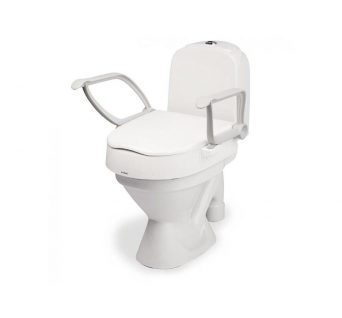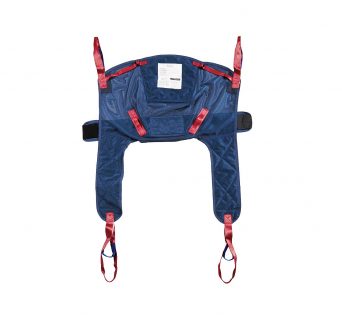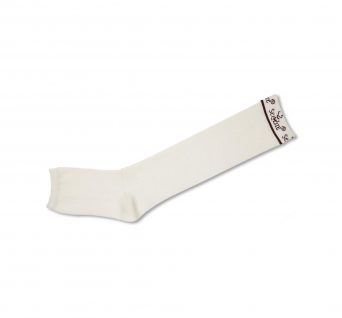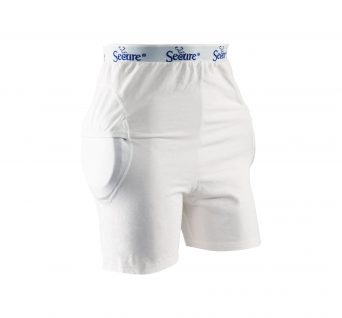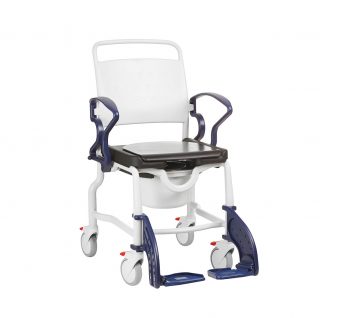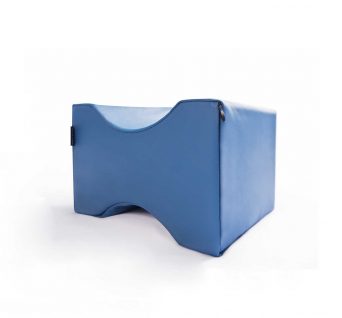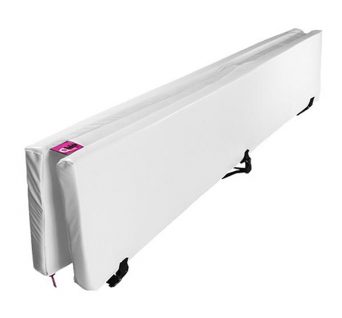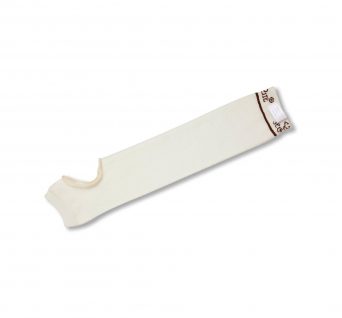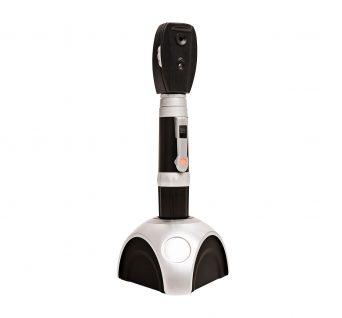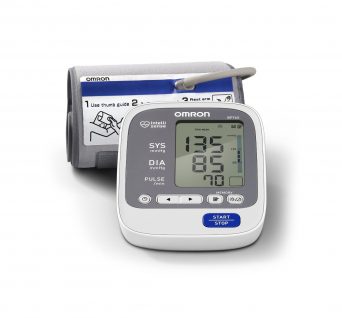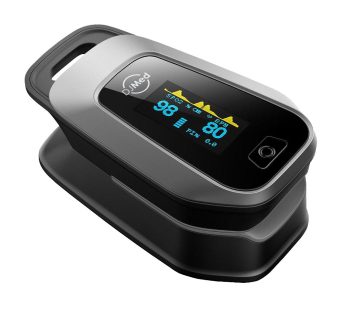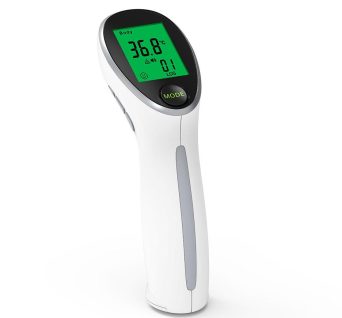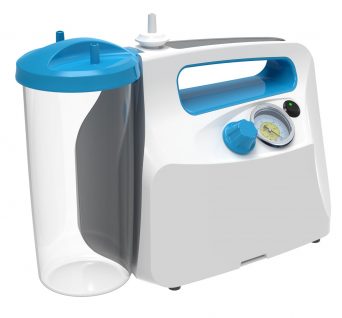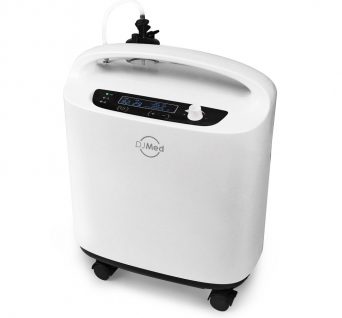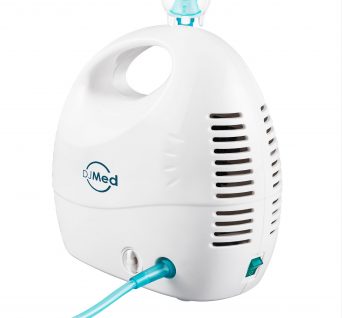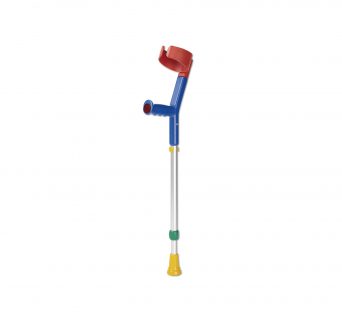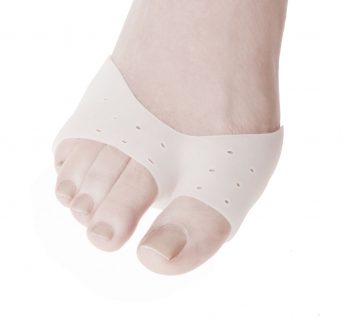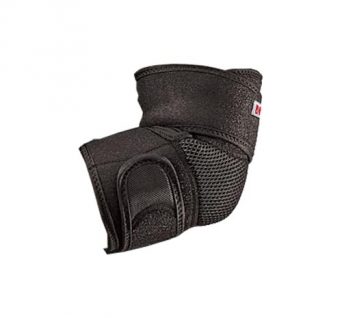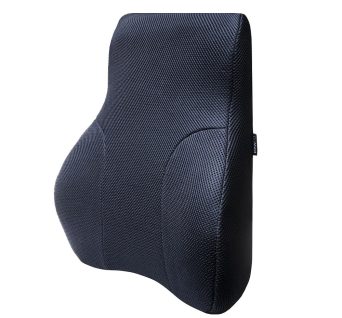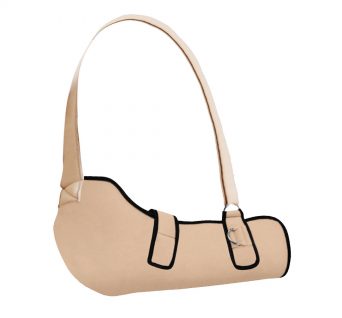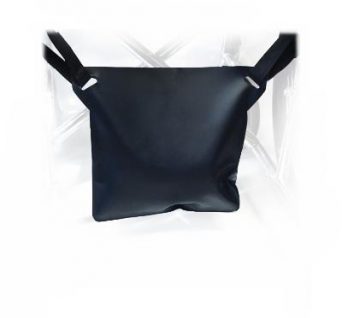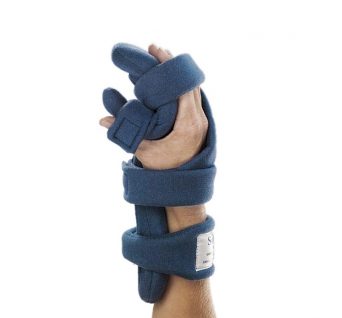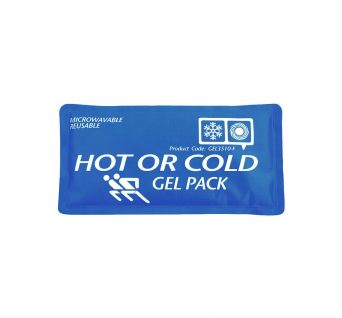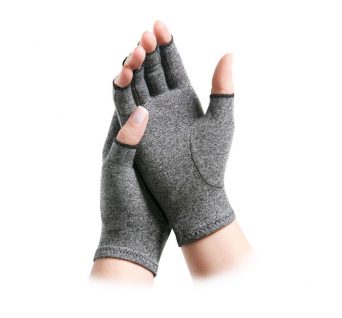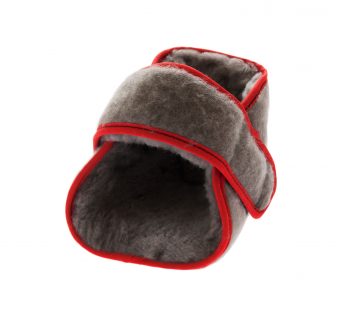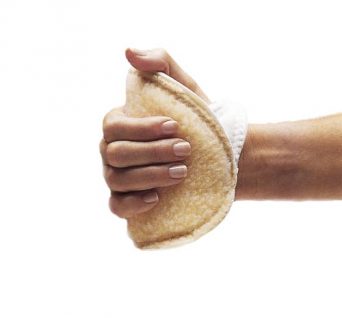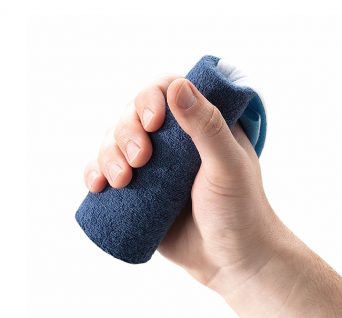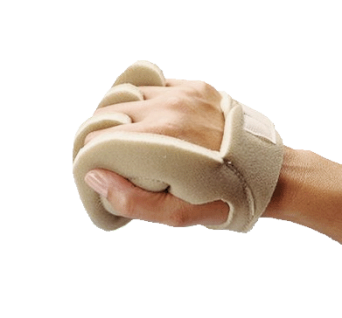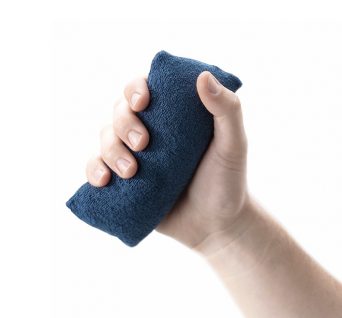No products in the cart.
Hand Contracture
Showing all 6 results
- Hand Contracture
Finger Contracture Cushion
Durable – Comfortable, Hypoallergenic Material
Finger Contracture Cushions have a range of implemental uses beyond the obvious application with those suffering from finger contractures.
Finger contracture cushions are also great for preventing scratching during skin breakdown and can reducing the risk of tube pulling patients by acting as a distraction for patients.
SKU: 804014 - Hand Contracture
Palm Contracture Cone with Finger Separators
Soft fabric, Comfortable – Secure Strap – Finger Separators
The Palm Contracture Cone with Finger Separators, like the regular Palm Contracture Cone, is a highly useful tool to help prevent and aid in the recovery of hand and finger contracture as well as skin deterioration of the palm and fingers. The finger separators help to provide a little more restriction to a patient’s hand manoeuvrability.
This can be useful for patients with more severe cases of skin deterioration, hand contracture, or for restraining patients who are exceptionally at risk of pulling out their IV tubing.
SKU: 804010 - Hand Contracture
Palm Protector
Comfortable – Fits All Hand Sizes – Finger Freedom – Latex Free
Palm protectors are a great tool to aid recovery and prevent damage to fingers and skin breakdown on the patients palms when hand is contracted. Prevent patients from digging their fingers into their palms.
SKU: 3372 - Hand Contracture
Palm Contracture Cone
Soft & Comfortable – Secure Strap – Dark Blue
Simple and easy to use, the Palm Contracture Cone is one of many methods of treating and aiding patients at risk of hand contractures or with problematic skin breakdown on their fingers or palms.
Contracture cushions are also effective with patients who fidget and are restless when confined to their bed. They help to restrict a patient’s ability to pull and tug at IV tubing and provide their idle hands with a distraction, something to hold and squeeze, which can help reduce patient anxiety.
SKU: 804012 - Hand Contracture, Splints & Braces
Rolyan Palm Shield
Hand Contracture – Separate Fingers – Positioning Thumb – Latex Free
The Roylan Palm shield helps protect the user’s hand, preventing skin ulcers and finger contractions while holding the hand comfortably in place. The splint is easily customized to fit any hand size.
SKU: 3614 - Hand Contracture
Palm Contracture Grip
Comfortable – Soft – Elastic Strap – Patient Security
The Palm Contracture Grips differ from our other conical contracture products in that they feature a non-latex elastic strap rather than a snap button foam strap. The elastic strap is slightly more secure that the snap button foam straps, however, it is also a little rougher on skin and is better for instances where there is less to no skin damage on the back of the hand.
SKU: 804016
Hand Contracture
Hand contracture refers to the involuntary and often permanent tightening or shortening of the muscles, tendons, and other tissues in the hand, leading to limited range of motion and functional impairment. This condition can affect one or more fingers, making it difficult to open and close the hand fully. Hand contractures can result from various underlying causes, such as:
Dupuytren’s Contracture: This is a common condition where the tissue under the skin of the palm and fingers thickens and tightens over time, causing the fingers to curl inward.
Burns: Severe burns can lead to scar tissue formation that restricts the movement of the hand.
Injury: Trauma to the hand, such as fractures or tendon injuries, can lead to scar tissue formation and contracture.
Neurological Conditions: Certain neurological conditions like stroke, cerebral palsy, or spinal cord injuries can result in muscle imbalance and contractures.
Rheumatoid Arthritis: Chronic inflammation and joint damage in rheumatoid arthritis can lead to hand contractures.
Muscle Imbalance: Imbalance in the muscles and tendons of the hand due to various factors can contribute to contractures.
Treatment options for hand contractures depend on the underlying cause, severity, and the individual’s overall health. Some common approaches include:
Physical Therapy: Gentle exercises and stretches can help maintain or improve hand mobility.
Splinting: Wearing splints or orthotic devices can help prevent further contracture and maintain proper hand positioning.
Medications: In some cases, anti-inflammatory medications or injections of corticosteroids may be used to reduce inflammation and manage symptoms.
Surgery: Surgical interventions, such as fasciotomy (release of tight tissue) or joint contracture release, may be considered in more severe cases.
Occupational Therapy: Occupational therapists can help individuals learn techniques to adapt to hand limitations and perform daily activities.
Injections: Injections of substances like collagenase can be used to break down the excessive tissue in conditions like Dupuytren’s contracture.
It’s important to consult with a healthcare professional, such as a hand surgeon or a rheumatologist, to determine the appropriate treatment plan based on your specific situation. Early intervention and consistent management are key to preventing further progression of hand contractures and maintaining hand function.
Why do we use hand contracture cushions?
Hand contracture cushions are specialized devices designed to help prevent or manage hand contractures, particularly in situations where an individual may be at risk of developing contractures due to prolonged immobilization or positioning. These cushions serve several important purposes:
Maintaining Proper Hand Positioning: Hand contracture cushions are often designed with contours and shapes that help maintain the hand in a functional and anatomically correct position. This is crucial to prevent the development of contractures that can occur when the hand remains in a closed or clenched position for extended periods.
Pressure Redistribution: These cushions are designed to distribute pressure evenly across the hand and fingers, reducing the risk of pressure sores or ulcers that can develop when certain areas of the hand are subjected to prolonged pressure.
Preventing Tissue Shortening: Contractures involve the shortening of muscles, tendons, and other tissues. Hand contracture cushions help to gently stretch and lengthen these tissues, which can aid in preventing or minimizing the progression of contractures.
Supporting Comfort and Function: People with limited hand mobility due to contractures may experience discomfort or difficulty in performing daily activities. Contracture cushions can provide a more comfortable surface for resting the hand and can also assist with activities like holding objects or using electronic devices.
Post-Surgical or Injury Care: After surgery or injury to the hand, immobilization and protective positioning are often necessary for proper healing. Hand contracture cushions can help maintain the desired hand position while reducing the risk of contracture formation.
Supporting Rehabilitation: Hand contracture cushions can be used during rehabilitation and physical therapy sessions to assist with exercises, stretches, and range of motion activities.
It’s important to note that the use of hand contracture cushions should be guided by a healthcare professional, such as an occupational therapist or a physician specializing in hand rehabilitation. They can assess the individual’s specific needs, recommend the appropriate type of cushion, and provide guidance on how to use it effectively to prevent or manage contractures.
Overall, hand contracture cushions are valuable tools in maintaining hand function, preventing contracture development, and promoting comfort and well-being for individuals with hand mobility challenges.
What kind of splint to use for hand contracture?
The type of splint used for hand contracture depends on the underlying cause of the contracture, the severity of the condition, and the specific needs of the individual. Splints are commonly used as part of a comprehensive treatment plan to prevent further contracture development, maintain proper hand positioning, and promote functional use of the hand. Here are some types of splints that may be used for hand contracture:
Static Splints: These splints are designed to hold the hand and fingers in a fixed position. They are often used to prevent or manage contractures by maintaining proper alignment and stretching tissues. Static splints are particularly useful when there is a need to keep the hand in an extended or open position to counteract a tendency for clenched fingers.
Dynamic Splints: Dynamic splints use tension from rubber bands, springs, or other mechanisms to gently stretch and mobilize contracted tissues. These splints are adjustable and can assist with gradual and controlled restoration of range of motion. They are often used for conditions where there is a need to increase flexibility and reduce tightness.
Serial Casting: While not a traditional splint, serial casting involves applying a series of casts to gradually stretch and lengthen contracted tissues. This approach is often used for more severe contractures and is typically done under the guidance of a healthcare professional.
Functional Splints: These splints are designed to support functional hand use while preventing contracture development. They are customized to allow the individual to perform specific activities while still maintaining proper hand alignment.
Resting Splints: Resting splints are used to support the hand during periods of rest or sleep. They are designed to keep the hand in a neutral or slightly stretched position to prevent further contracture development.
Thumb Spica Splints: These splints are designed to support the thumb while allowing movement of the fingers. They can be used to prevent or manage contractures involving the thumb and fingers.
Anti-Spasticity Splints: These splints are often used for conditions with spasticity, such as after a stroke. They provide controlled resistance to muscle spasticity while allowing functional movement.
It’s important to note that the selection, fitting, and monitoring of a splint should be done under the guidance of a healthcare professional, such as an occupational therapist, hand therapist, or a physician specializing in hand rehabilitation. They can assess the individual’s condition, recommend the appropriate type of splint, provide proper fitting, and offer guidance on how to use the splint effectively as part of an overall treatment plan.

